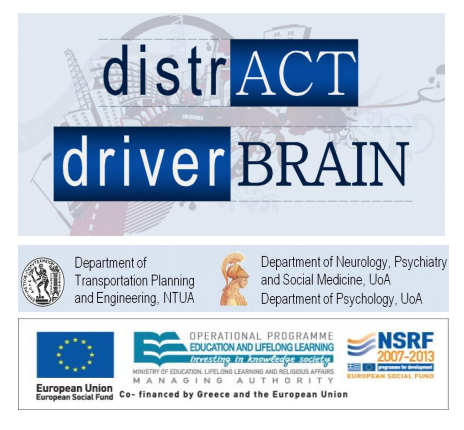
The objective of this research is the analysis of the reaction time of older drivers, while talking on the cell phone and conversing with another passenger. For this purpose, a large driving simulator experiment is carried out, in which 72 drivers from three different age groups (young, middle aged and older) were asked to drive under different types of distraction (no distraction, conversation with passenger, cell phone use) in rural and urban road environment, in low and high traffic. In addition, two unexpected events are set in each driving scenario, where the reaction time of each driver is recorded. To achieve this objective, an appropriate modelling methodology has been developed, including descriptive analysis followed by a generalized linear model and a generalized linear mixed models. Results indicate that both conversing with a passenger and talking on the cell phone, while driving, leads to increased reaction time for all drivers. Female drivers, especially in rural areas, were found to have the worst reaction times, while being distracted (either conversing with a passenger or talking on the cell phone). Furthermore, regarding age groups, older drivers talking on the cell phone achieved the highest reaction time. Results clearly suggest that cell phone use while driving has a potential negative impact on road safety and leads to increased accident risk.
| ID | pc210 |
| Presentation | |
| Full Text | |
| Tags | driver behaviour, driver distraction, driving simulator, older drivers, statistical modelling |













